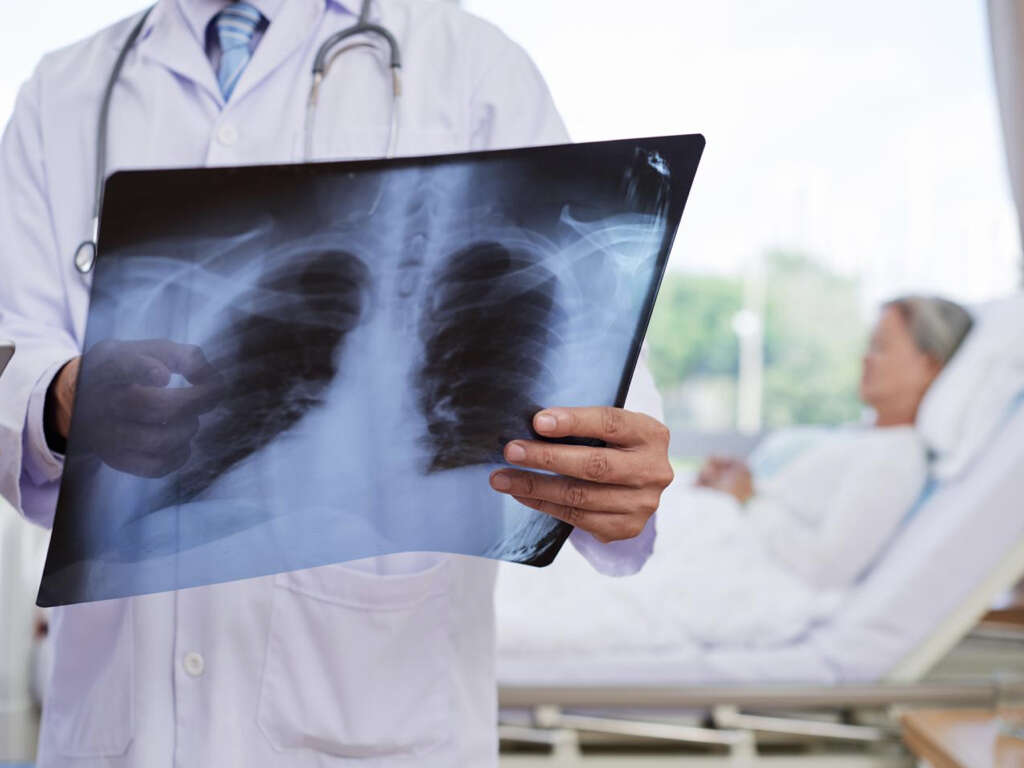10 Septicemia Symptoms
Advertisement
The terms septicemia and sepsis have been used interchangeably over many years. However, it has been observed that only about 50 percent of patients with signs and symptoms of sepsis have positive results from their blood culture while not all patients with septicemia have signs of sepsis. This means that sepsis and septicemia are not entirely identical. Nevertheless, for conformation’s sake, this article will follow the context practiced by most professionals where the terms sepsis and septicemia are used interchangeably.
Septicemia, or sepsis, refers to a life-threatening condition due to the body’s response to infection, which causes injury to organs and tissues. It should be noted that those with a weakened immune system, especially the very old or young, may not experience any symptoms. Septicemia is essentially an inflammatory immune response that is triggered by an infection. In most cases, it is a bacterial infection, but it may also be caused by a viral, fungal, or protozoan infection. Blood cultures are usually recommended before starting antibiotics. Other treatment options include intravenous fluids, medications to raise blood pressure, dialysis, and mechanical ventilation.
The risk of death from septicemia has been estimated to be about 30 percent. In severe cases, it can go up to 50 percent. When septic shock occurs, the risk of death increases to 80 percent. In developed countries, about 0.2 to 3.0 per 1,000 individuals are affected annually. This means that approximately a million cases occur in the United States yearly.
Advertisement
Symptom #1: Fever and Chills
Fever or pyrexia can be defined as an abnormally high temperature due to the increase in the set point of the body’s temperature. This increase leads to muscle contractions and a feeling of cold (chills), resulting in greater heat conservation and production.
A fever is a very common symptom that can be seen in various conditions such as infections (viral, bacterial, parasitic, and fungal), appendicitis, common colds, deep vein thrombosis, and vasculitis. In septicemia, fever and chills occur due to the presence of pathogens in the body. This results in the release of prostaglandins and cytokines as part of the inflammatory response.
Advertisement

Advertisement








